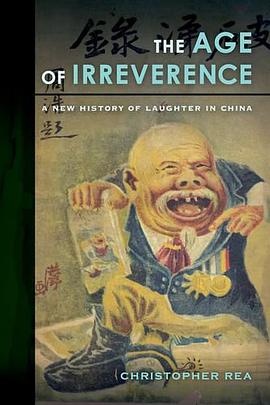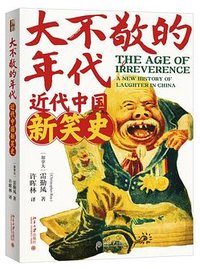The Age of Irreverence
Douban
A New History of Laughter in China
Christopher Rea
visão geral
The Age of Irreverence tells the story of why China’s entry into the modern age was not just traumatic, but uproarious. As the Qing dynasty slumped toward extinction, prominent writers compiled jokes into collections they called “histories of laughter.” In the first years of the Republic, novelists, essayists and illustrators alike used humorous allegories to make veiled critiques of the new government. But, again and again, political and cultural discussion erupted into invective, as critics gleefully jeered and derided rivals in public. Farceurs drew followings in the popular press, promoting a culture of practical joking and buffoonery. Eventually, these various expressions of hilarity proved so offensive to high-brow writers that they launched a concerted campaign to transform the tone of public discourse, hoping to displace the old forms of mirth with a new one they called youmo (humor).
Christopher Rea argues that this period—from the 1890s to the 1930s—transformed how Chinese people thought and talked about what is funny. Focusing on five cultural expressions of laughter—jokes, play, mockery, farce, and humor—he reveals the textures of comedy that were a part of everyday life during modern China’s first “age of irreverence.” This new history of laughter not only offers an unprecedented and up-close look at a neglected facet of Chinese cultural modernity, but also reveals its lasting legacy in the Chinese language of the comic today and its implications for our understanding of humor as a part of human culture.
contents
Executive Preface ix
Ac know ledg ments xiii
1. Breaking into Laughter失笑 1
2. Jokes 笑话百出16
3. Play 游戏大观40
4. Mockery 骂人的艺术78
5. Farce 滑稽魂 106
6. Th e Invention of Humor 幽默年 132
Epilogue 笑死 159
Appendix 1: Selected Chinese Humor Collections, 1900–1937 167
Appendix 2: Which Classic? Editions and Paratexts 193
Abbreviations 199
Notes 201
Glossary 267
Bibliography 291
Index 319

